A question that often arises from a dog owner is How long will it take my dog to do this and that? The truth is, every dog learns at a different pace, and their evolution depends on various factors such as age, temperament, past experiences, personality, level of distraction, and the owner’s consistency, so there is no one-size-fits-all answer. There are four stages of dog training that do not happen overnight; it takes weeks of consistency, and their true authenticity only comes when a dog performs a command in an expected way across different environments and distractions.
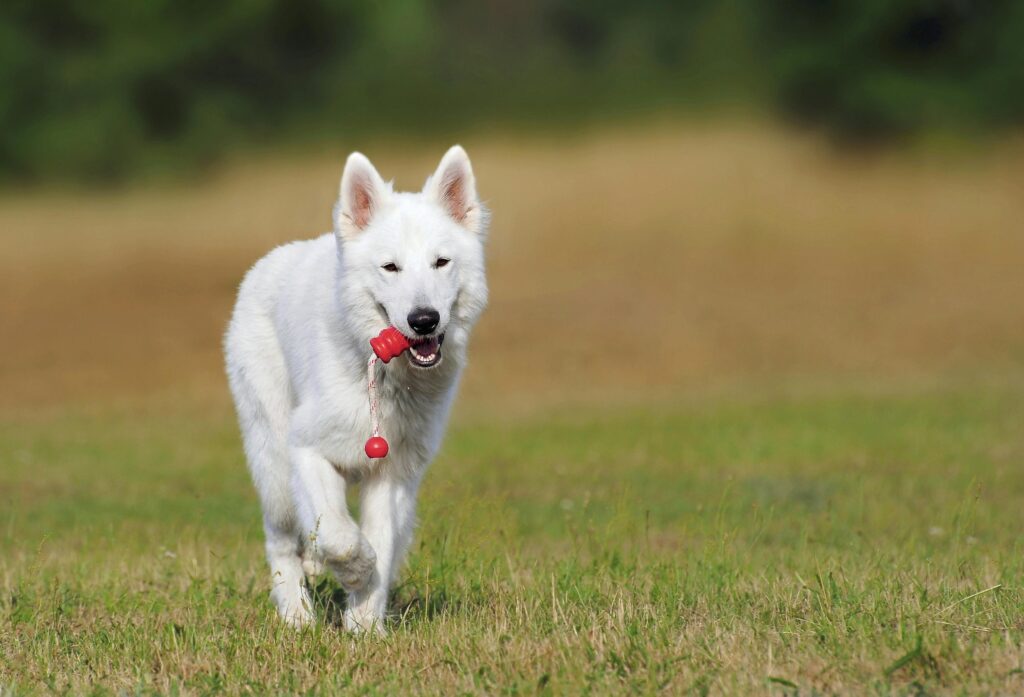
How do these four stages of dog training help in mastering any skill?
Proper discipline relies only upon these four stages of dog training, and the stages are like learning a new skill for yourself. First, you are introduced to the skill, then you practice until you get smoother, then you test in different conditions, and finally, you keep it concrete with regular practice. The same process applies to dogs. If you ask how much time a dog takes to learn a command or behavior, our answer is at least 21-30 days of steady training.
The four stages of dog training
1. Acquisition: The learning phase
Acquisition is introducing your dog to a new behavior or a command. Your dog doesn’t know what to do; you need to lure them into the position. It is more like a human child who doesn’t know the things that adults take for granted, like tying the knot of the shoes their parents taught them the basic habits. This stage is all about making the association between the action, the cue, and the consequences, where trial and error are common. A dog with positive reinforcement training will usually start experimenting with different actions until they lands on something that earns a reward. Once that happens, we can gradually shape and refine the behavior into exactly what we are looking for. From all four stages of dog training, this early stage is only about building understanding and creating the foundation of a new behavior.
How to train in the acquisition stage
• Keep sessions short: Puppies and beginners learn best in 5-10 minute sessions.
• Use high-value rewards: Here, treats, toys, and praise encourage faster learning.
• Be clear and consistent: Use clear words and hand signals consistently.
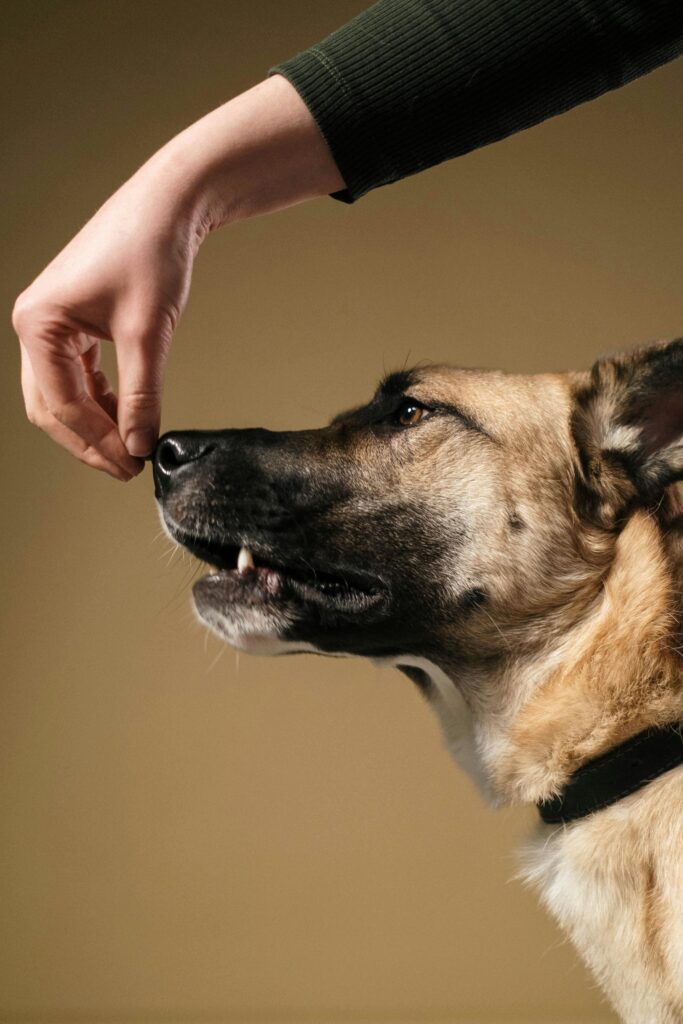
2. Fluency: Building accuracy and speed
Once your dog understands that this is not a one-time command performance, but to understand the behavior you are asking for, they connect the cue to the action and the action to the reward. This is the time to work on proficiency because fluency is all about speed and accuracy. It’s not just that your dog can do the commands correctly, but they can do it in an instant without any hesitation. Many times, dog trainers assume that the dog is fluent by only watching the accuracy of their behavior, but here fluency means the dog performs the behavior both right and fast. Think about it in terms of human skills. As adults, we are fluent in things like driving, where we know when to stop or accelerate the car, and tying our shoes, because if they are not tied correctly, we may hit the ground. We don’t pause to think about every step involved and just do it as it is. That’s fluency, where the behavior is so well practiced that it happens naturally, both accurately and quickly. One more thing to remember here is not to converse with your dog in the training period; otherwise, they will not understand that these commands have a meaning.
How to improve fluency
• Increase repetition: Practice the behavior until it feels second nature to your dog.
• Reinforce correct responses: Dogs love rewards, and consistent rewards cement the skill.
• Add distractions slowly: Start in a quiet environment, then build up to busier settings.
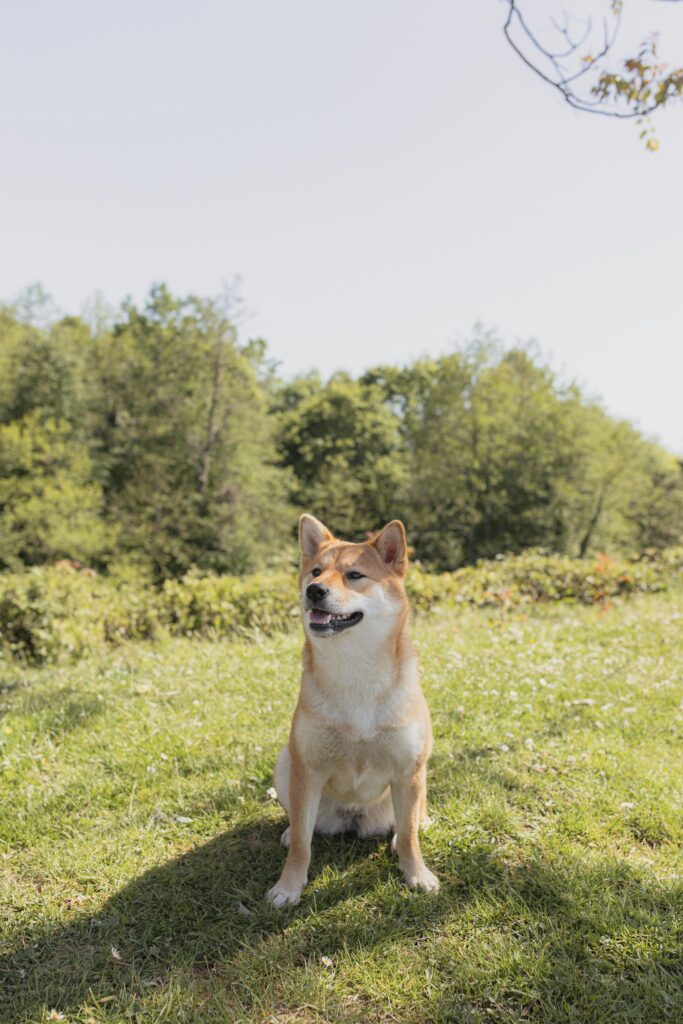
3. Generalization: Applying skills everywhere
Generalization is simply your dog’s intelligence to test the learned behavior in different environments. In four stages of dog training, this stage often deals with “3D,” which is distance, duration, and distraction. Here, they analyze their choices: flee, aggression, or comply. For example, for loose leash practice, we naturally include distractions and durations as part of the process. Similarly with the formal “stay” command, we add duration, distance, and distraction so the dog learns to stay longer, no matter what is happening around them.
One more example where generalization is overlooked is house training. Due to a lack of practice in different situations, your dog breaks the rules in other homes. They don’t seem to break into their home because the behavior is not generalized properly. It was only learned in one specific environment.
Generalization is what makes a behavior reliable anywhere, not just in one setting. Intact its an essential step in the four stages of dog training, ensuring your dog truly understands what’s expected in all kinds of real-life situations.
How to help dogs generalize behaviors
• Practice in new locations: parks, sidewalks, and friends’ homes.
• Train with different people: To eliminate the dog’s behavior problems with people, let family or friends give commands.
• Vary your appearance: Wear a hat, carry a bag, or change the tone of voice so that they remember these changes and connect them with the expected behavior.
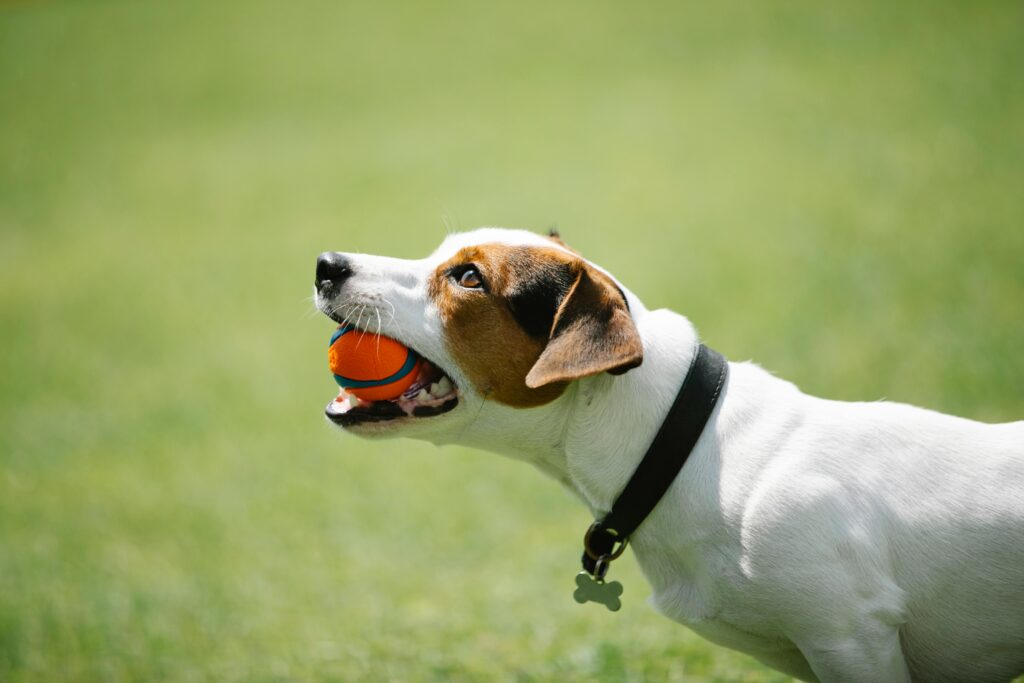
4. Maintenance: Keeping behaviors strong
Maintenance is the most underrated part of the four stages of dog training. The truth is simple: if you don’t practice, you lose it. Consistency is the key. If you stop practicing with cues, your dog will slowly start to forget what they have learned. Think about it in human terms: when you stop playing the game you are good at for a longer duration, you will lose your gaming skills. So the easiest way to maintain a dog’s behavior is to use commands in everyday life. Ask for a “stay” before opening the door, ask for a “sit” before meals, and practice recall during playtime. Many owners slip here, but a few minutes of daily practice keep things sharp.
Remember, untraining happens just as quickly as training if your dog regresses or your life gets busy. Don’t worry; you can simply go back a few steps and rebuild. Training is never wasted. In fact, it strengthens your bond with your dog, keeps them engaged, and makes life together more enjoyable. For maintaining the training, you can access your previous sessions in different durations, such as during the last lesson, one month after the last lesson, 3 months after the last lesson, and 1 year after the last lesson. Maintenance may be the last stage in the four stages of a dog’s training, but it’s what ensures all your hard work lasts a lifetime.
How to maintain training long-term
• Regular refreshers: Practice commands weekly, even after your dog knows them.
• Focus on functional skills: Recall, leash walking, and “leave it” are most useful for daily life.
• Integrate training into daily life: Test your learning in daily house tasks.
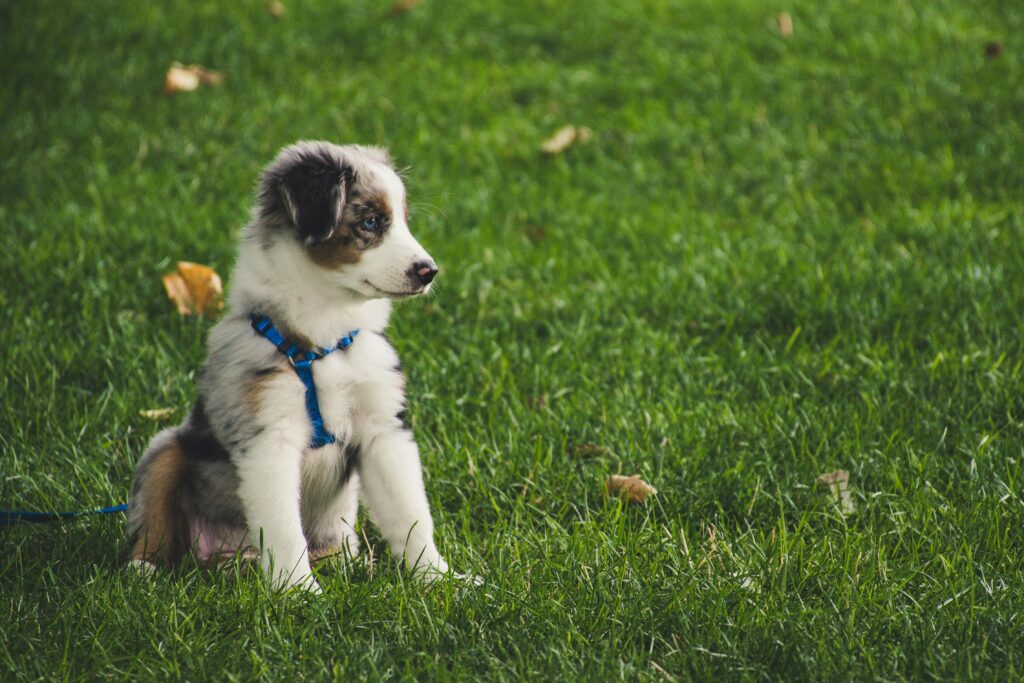
Final words
The four stages of dog training are acquisition, fluency, generalization, and maintenance, which form the foundation of successful, long-lasting positive dog training. By understanding and applying each stage with patience and consistency, you will not only teach your dog effectively but also ensure behaviors stay reliable for years to come.

